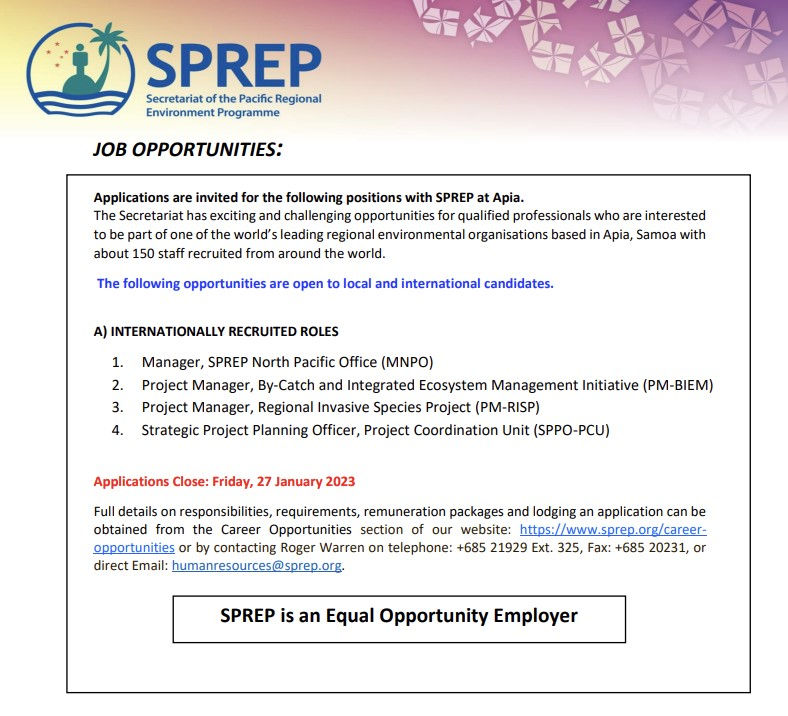Tales and art point to CHamoru people’s deep-rooted connection to the sea
- Admin

- Dec 9, 2022
- 3 min read

By Raquel Bagnol
According to a CHamoru legend, the story of creation began when a man named Puntan created the stars, the ocean, the earth, the wind, the plumeria and the rain. When he was about to die, he asked his sister Fuuna to finish the creation that he had started.
Fuuna wailed in grief when Puntan breathed his last. Trying to overcome her sadness, she swam with the sharks and followed the whales until she reached a cluster of islands. Fuuna walked on the beaches, collected shells, watched the birds in the skies and the fish in the coral.
Still, she was lonely. Fuuna decided she needed people to cure the loneliness, so she walked into the sea near the southern part of Guam, where she transformed into a rock. The waves crashed the rock Fuuna, breaking her into pieces. The stone fragments transformed into humans, hence the beginning of humankind.

One of the most popular CHamoru stories is the legend of Sirena, a playful young woman who once lived near the Hagatna River, right at the place where fresh spring waters dividing the city met the ocean at the river’s mouth. Sirena loved the water, swimming whenever she could steal a moment from her many chores. One day, her angry mother cursed her into becoming a fish.
Another legend involves a Spaniard who wanted to test a CHamoru man’s swimming skills. The Spaniard threw a gold hoop at Naftan Point, Saipan's southernmost tip, and told the native man to dive and retrieve it. Knowing that if he recovered the gold hoop, the Spaniard would take it back, the CHamoru man plunged deep into the water, retrieved the hoop, kept it for himself and resurfaced on the west side of Saipan.
Most local myths and legends involve the sea, demonstrating the CHamoru people’s inherent connection to the bodies of water surrounding their islands. For Pacific islanders, the sea is neither a boundary nor a hindrance but a part of daily life. The sea is the bond that connects cultures, and a bridge that links the past and the present.
In 2014, anthropologists and historians Jennifer McKinnon, Julie Mushynsky and Genevieve Cabrera published a research paper titled "A Fluid Sea in the Mariana Islands: Community Archeology and Mapping the Seascape of Saipan" in Springer Science+Business Media of New York. The authors shared data collected from a community project that showed the connection of the people of Saipan to the sea and how it plays a significant part in every aspect of indigenous life.
In ancient times, living close to the sea and access to maritime activities were linked to one's social status. Some archeologists suggest that the latte houses built along the coastal areas either belonged to matua— the people of high social status— or were used for council meetings and religious ceremonies. The matua, who lived on the coast, were considered the guardians of the islands.
Laulau Bay, which is considered an important fishing area for today’s Saipan fishermen, is filled with rock art adorning the wall of a coral outcropping.
The petroglyph images are interpreted in different ways.
Some identified the images as an “ayuyu” or coconut crab, tiau (fish), a crescent moon and the southern cross. According to one interpretation, the artwork depicts a female crab that travels to the ocean to hatch her eggs when the moon is in its crescent phase. Ayuyu was, and still is, an essential food item in the Marianas.
ADVERTISEMENT
Others identify the petroglyph image as a turtle, which was also an important food source for the ancient CHamoru people. Although the images are seen differently, both the crab and the turtle represent the ancient people’s attachment to the sea.
In Laulau Bay, historians found possible fish traps in isolated rock shelters, which served as netting sites for the fishermen.
Today, fishing remains part of island life.
In ancient times, the sea provided points where people accessed the water for fishing, trading and transporting. In Laulau Bay's Pantalan Aliman (German Port/Pier), ox carts and canoes were used to transport goods and ferry people to and from bigger ships beyond the reefs.
A large part of the seascape is its navigational features. Many Carolinians who settled in the Marianas during the Spanish period were skilled watercraft builders and navigators. To this date, Saipan people still practice traditional voyages in the sea.
The sea will always be relevant for the Chamorros and Carolinians of Saipan to maintain their indigeneity.
Raquel Bagnol is a longtime journalist. She worked as a reporter for Marianas Variety on Saipan and Island Times in Palau. Send feedback to gukdako@yahoo.com
Subscribe to
our digital
monthly edition







